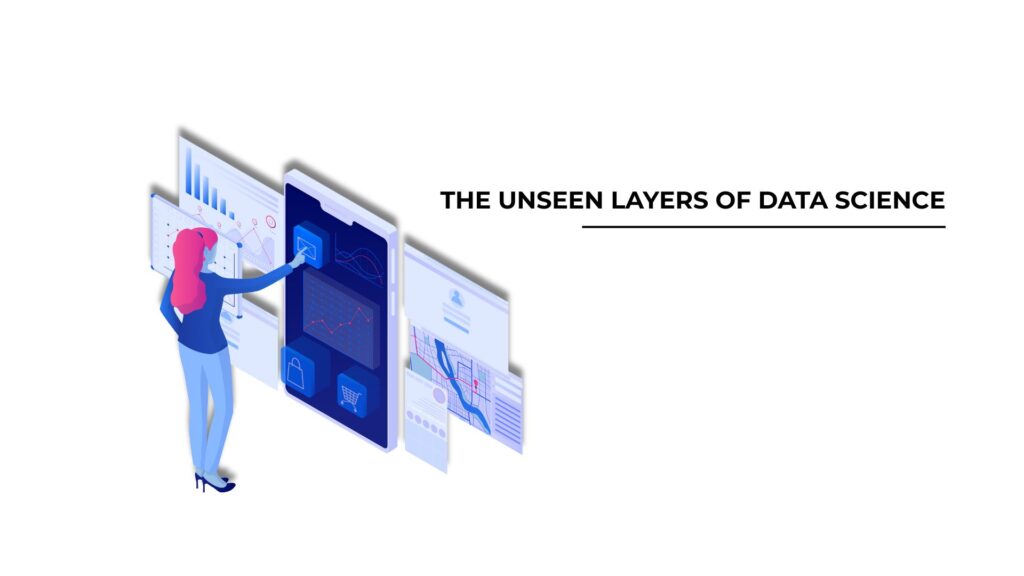In Data Science, actual mastery lies not in superficial models or fashionable algorithms. It lies deep in uncertainty, data flaws, and decision compromises. The more you work at it, the more you understand this profession isn’t merely a matter of intelligence; it’s an issue of discipline, patience, and regimented experimentation.
1. Data is Never Ready. Get Over It.
In theory, structured data should be complete, clean, and consistent.
In practice, it’s:
- Duplicated across systems
- Contaminated by manual entries
- Drifting in semantics over time
The “raw” in raw data is brutally raw. Real datasets don’t usually fit textbook ideals. They have contradictions, missing values, and legacy errors. Creating a strong, resilient pipeline isn’t glamorous, but it’s where models succeed or fail.
2. Models Are the Easy Part
Any good practitioner can create a high-accuracy model on clean data. That’s not the problem.
The actual problem is:
- Creating deployment-safe models that retrain, adapt, and self-monitor
- Detecting failure cases before they impact decisions
- Selecting metrics that matter for real business impact, not just leaderboard performance
Accuracy is not the objective; impact is. In fraud prevention, false negatives are expensive. In medicine, false positives are deadly. The stakes are always context-specific.
3. Feature Engineering > Fancy Architectures
You can experiment with new neural networks or deep learning architectures, but many times, one well-designed feature makes more difference than layer-stacking.
Excellent features are a product of domain knowledge, not deep learning. The majority of real-world data remains tabular, where feature building with care controls model success. You can’t deep-learn your way out of low-signal, noisy data.
4. Data Science Without Context is Just Code
Data scientists don’t get hired to make models; they get hired to make better decisions. Without understanding the domain, your results are statistical noise.
You need to ask:
- What’s the wrong prediction costing?
- Who is going to use this model, and how frequently?
- What constraints, ethical, legal, or operational, do I have?
Knowing Python is not sufficient. You have to think in systems, not scripts.
5. The Hardest Problems Are Human, Not Technical
You can create an ideal model, and still see it collect dust if:
- It doesn’t align with business incentives
- It’s too complex to explain
- It disrupts existing workflows
Stakeholder alignment, clarity, and trust are often more important than the model itself. Many projects fail not because of poor performance, but because they never made it into production.
6. What You Don’t Measure Will Break You
You don’t need more models. You need better monitoring.
- Drift happens slowly and silently
- Data leakage slips in through overlooked pipelines
- Unmonitored model decay causes user distrust
Without feedback loops, retraining strategies, and ongoing monitoring, you don’t know that your model works in production.
7. Ethics is Not Optional
Fairness, transparency, and accountability are not optional missions; they are fundamental obligations.
You need to ask yourself:
- Who is harmed when your model gets it wrong?
- Does your training data represent bias or reality?
- Can your results be understood and disputed?
Ethics need to be integrated into the pipeline, won’t bolt on after deployment.
It’s easy to follow the new tools, insert pre-trained models, or automate all. But Data Science is a craft.
It’s about:
- Asking sharper questions
- Simplifying when complexity tempts
- Validating every assumption
- Staying uncomfortable with uncertainty
